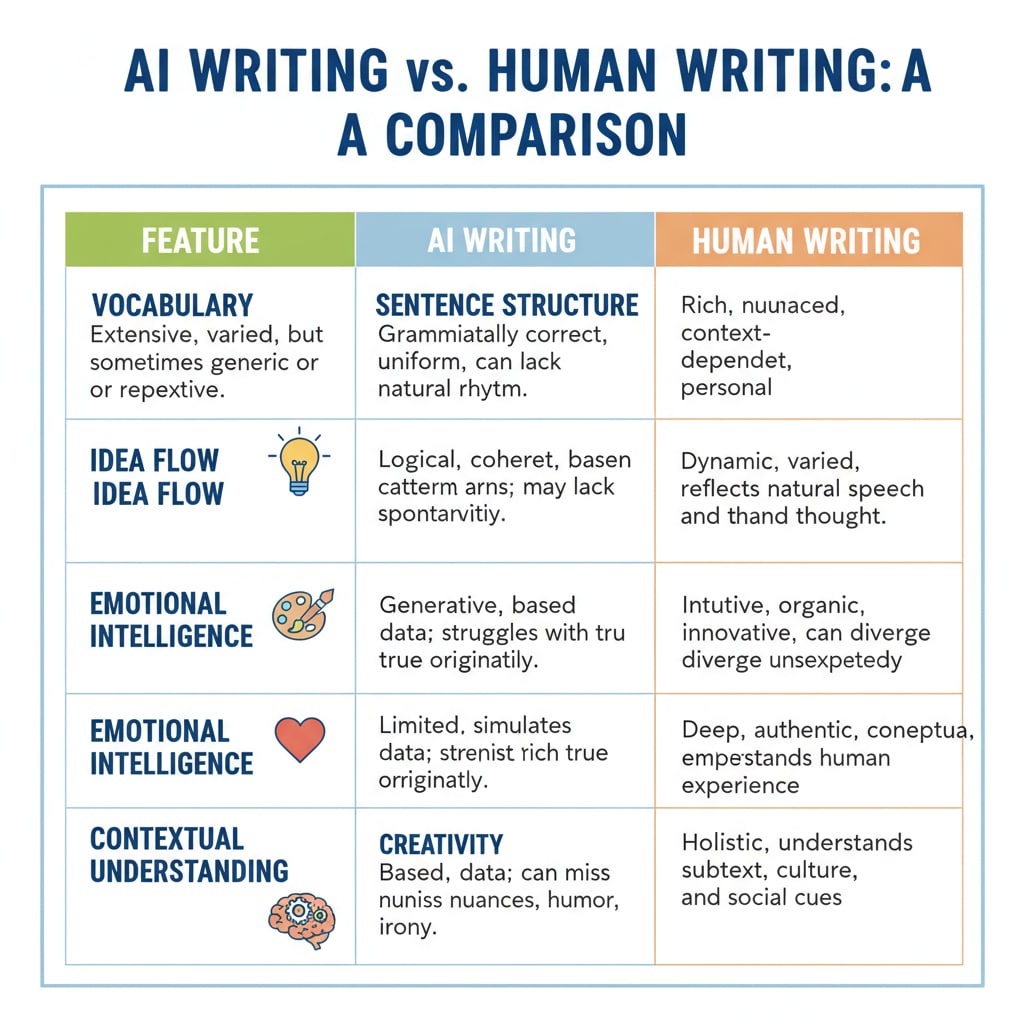In the age of AI writing, educators are grappling with new challenges related to authenticity and teaching methods. As AI writing tools become more prevalent, it’s crucial to guide students to recognize the value of human writing.

The Rise of AI Writing and the Challenge
The emergence of AI writing has revolutionized the writing landscape. Tools like GPT-3 can generate text that seems almost human-like. However, this has also led to concerns in education. Students might be tempted to use AI to complete assignments, undermining the development of their own writing skills. For example, a student could submit an essay generated by AI, making it difficult for teachers to assess their true understanding and writing abilities. Artificial intelligence in education on Wikipedia
Teaching Students to Discern AI from Human Writing
One effective teaching method is through comparative analysis. Teachers can present students with samples of AI-written and human-written texts. By examining elements such as vocabulary use, sentence structure, and the flow of ideas, students can start to identify differences. Human writing often has a personal touch, with unique word choices and a more organic progression of thoughts. In contrast, AI writing may sometimes appear more formulaic. For instance, AI might rely on common phrases and patterns. Artificial intelligence on Britannica

Another aspect is to teach students about the context and purpose of writing. Human writing is usually driven by a specific intention, whether it’s to express emotions, share knowledge, or persuade an audience. AI, on the other hand, generates text based on patterns it has learned. By understanding these differences, students can become more discerning readers and writers.
Readability guidance: Use short paragraphs to summarize key points. For example, in this section, we first introduce the rise of AI writing and then discuss how to teach students to tell it apart from human writing. Each idea is presented in a clear and concise manner. We also use transition words like ‘however’ and ‘for example’ to make the flow more logical.


